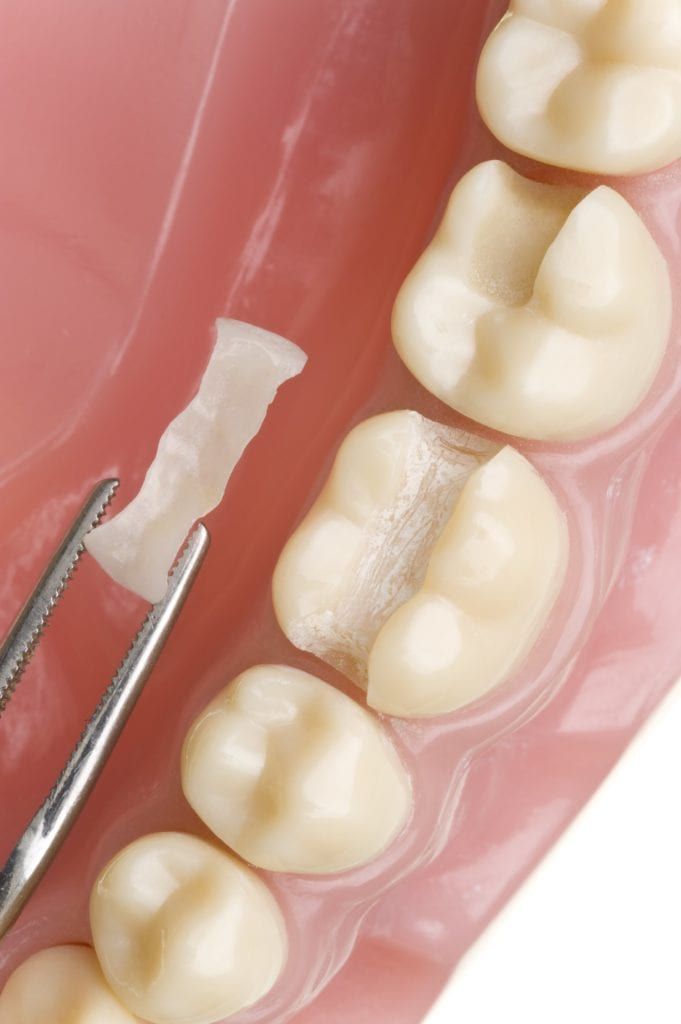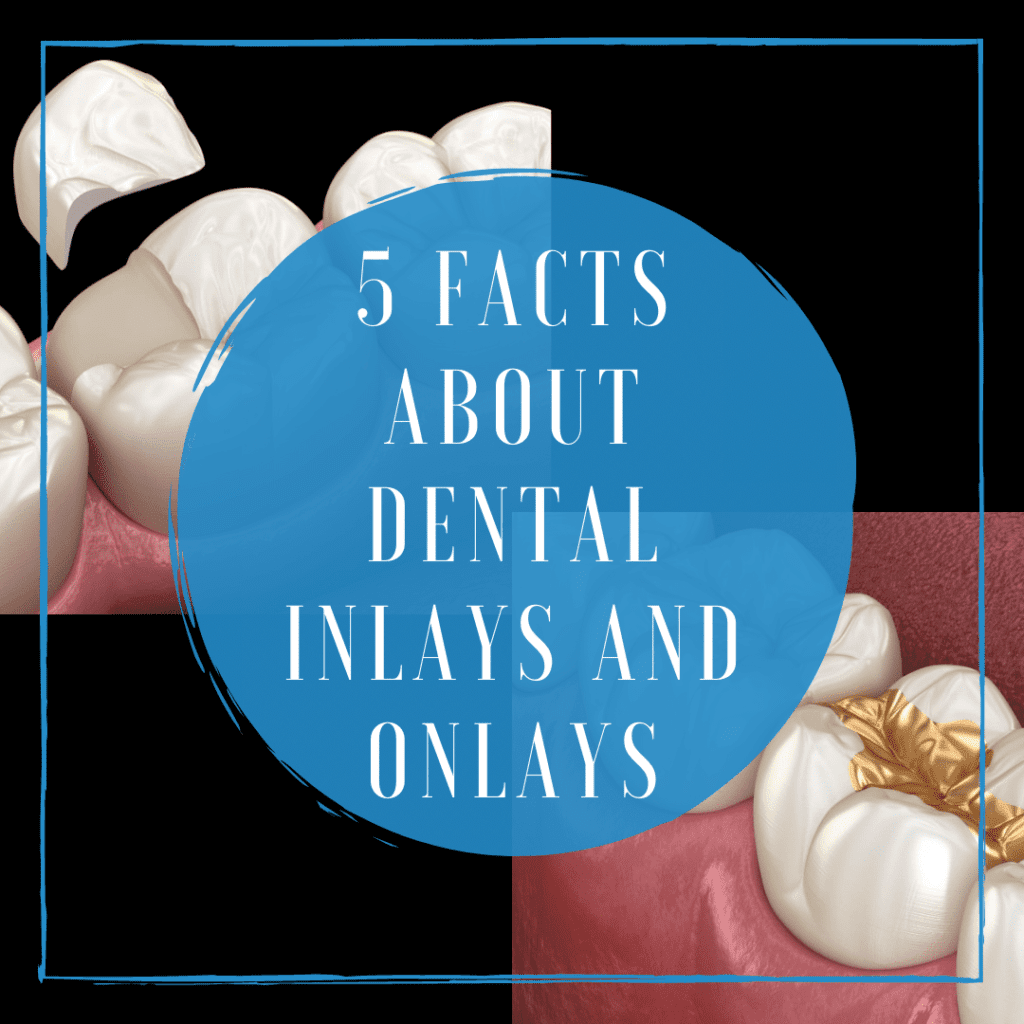Dental cavities are unfortunately common. In fact, the Centers for Disease Control and Prevention notes that around 91% of adults from the ages of 20-64 have had at least one cavity. Luckily, your dentist is well-equipped to treat cavities before they progress into more serious dental issues, like a pulp infection or lost tooth. However, the type of treatment your dentist recommends will often depend on the size of the cavity.
When it comes to cavities, composite fillings are generally used to repair small to medium areas of tooth decay. While composite fillings are durable for repairing small cavities, they lose their stability when trying to fill a larger cavity. For this reason, your dentist may elect to place either an inlay or an onlay to restore teeth with large areas of decay. Since not as many people are familiar with inlays and onlays, here are five facts to help you learn more about them:
Are Indirect Fillings
Both inlays and onlays are sometimes referred to as “indirect fillings”. This means that they are fabricated outside of the mouth before being cemented in place. Oftentimes, inlays and onlays are produced in a dental laboratory, which means a minimum of two appointments are needed to complete the restoration. During the first appointment, the decayed tissue will be removed and a dental impression or oral scan will be taken and sent to the dental lab. Then a temporary filling will be placed. At the second appointment, the temporary restoration will be replaced by the permanent inlay or onlay.

Two Different Restorations
Inlays and onlays are two different types of indirect fillings and the type you need will depend on what part of the tooth the cavity has affected. Inlays are applied to the chewing surface of molars in the center of the tooth. Onlays, on the other hand, are slightly larger and also encompass one or more of the tooth’s cusps, or points.
Preserves the Natural Tooth Structure
While composite fillings are valued for their ability to preserve the natural tooth structure, they are also not ideal for filling large cavities. However, having a dental crown placed requires significant modifications to the natural tooth structure. Inlays and onlays provide an intermediate solution that allows for the safe restoration of large cavities without the need for excess enamel modification. In this way, they make sure that most of the natural tooth structure is preserved.
Strong
Due to the fact that inlays and onlays preserve as much of the natural tooth structure as possible while supporting previously decayed areas, the affected tooth maintains its natural strength. Inlays and onlays are also fabricated to be exceptionally durable themselves and are made to fit seamlessly with the natural tooth structure.
Made from a Variety of Dental Materials
In the past, dental inlays and onlays were primarily made of gold or other metals. While some people used ceramic or composite materials, this was not the norm until recently. Nowadays, inlays and onlays can be fabricated from a variety of materials. In most cases, however, ceramic inlays and onlays are recommended for their durability and aesthetic appearance.


